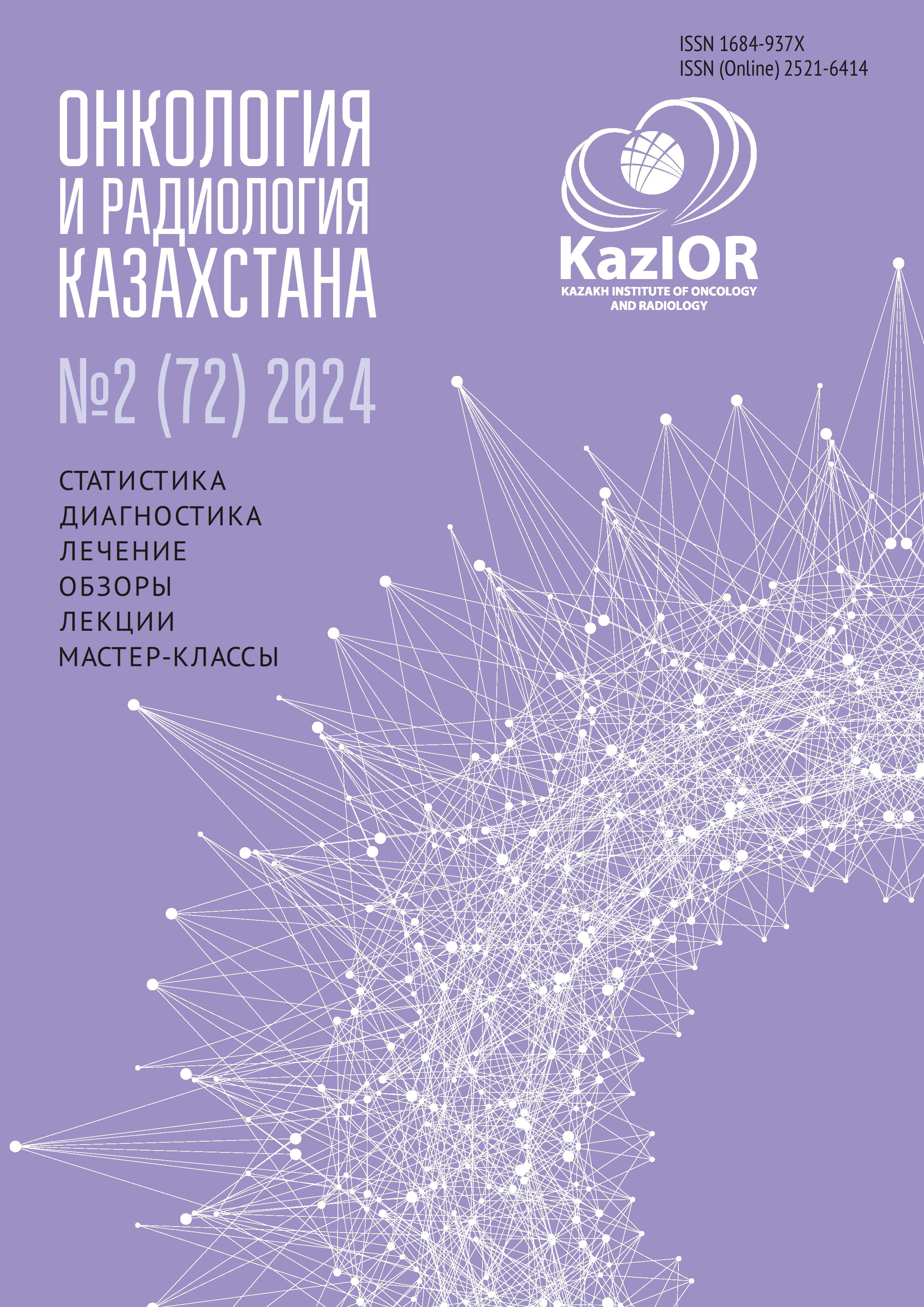Surgical methods of prevention of post-mastectomy syndrome: A literature review
Keywords:
post-mastectomy syndrome, surgery, prevention, mastectomy, lymphedema, brachioplexitis, chronic painAbstract
Relevance: Despite improvements in early diagnosis, breast cancer continues to be one of the most common types of malignant tumors in the Republic of Kazakhstan, affecting about 5,000 women annually. Surgery remains the main method of treatment for breast cancer. Rapid development and improvement of various methods and devices for reconstructive plastic surgery plays an important role in the medical, psychological, and social rehabilitation of patients with breast cancer, allowing to achieve better aesthetic and functional results. Postmastectomy syndrome (PMPS) is a complex complication of surgical tumor resection and affects almost half of women who have undergone this intervention.
The study aimed to analyze surgical methods for the prevention of postmastectomy syndrome to improve the outcomes, the course of the postoperative period and the quality of life of patients.
Methods: Data from MEDLINE, Embase, Scopus, PubMed, and Cochrane Central Register of Controlled Trials were analyzed to select and analyze relevant information over the past 10 years using the keywords: “postmastectomy syndrome,” “mastectomy,” “lymphedema,” “brachioplexitis.”
Results: The literature analysis showed that treating PMS requires a comprehensive approach, since the manifestations of PMS may vary depending on individual characteristics, the extent of surgical intervention, and other individual factors. The effectiveness of the interventions varied, with some showing promising results in reducing pain intensity, while others demonstrated improvements in functional outcomes and quality of life. Thus, it was found that ultrasound dissection is superior to electrocoagulation in terms of intraoperative blood loss, amount of lymphorrhea, and average hospital stay. Lymphatic-venous anastomoses are difficult to reproduce, but have been reported to be 95% effective in preventing lymphedema. Autologous fat tissue transplantation solves several problems, including reducing chronic pain syndrome (>6 months) by 3.1 points. Brachioplexitis and associated complications can be prevented during surgery.
Conclusion: Given the variability of PMS complications, it is advisable to prevent the burden and financial costs of rehabilitation in the postoperative period. Surgical methods of prevention discussed in this literature review can be used intraoperatively to significantly reduce the risk of PMS.

